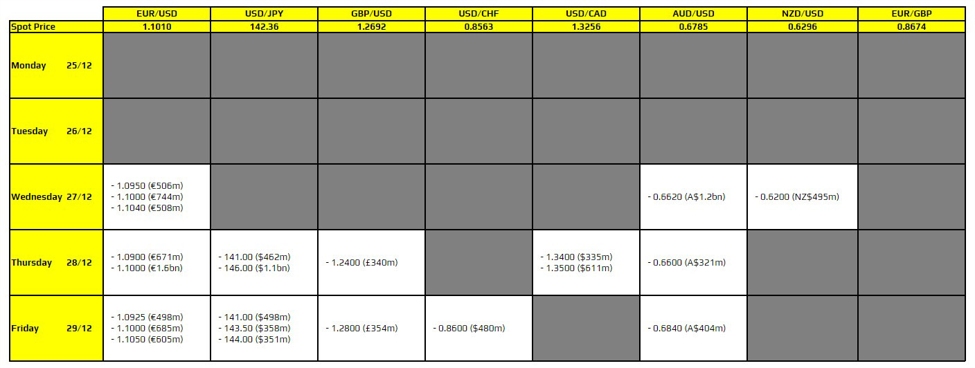
Municipal bonds have made their opening move. After months of being labeled “cheap,” the tax-exempt market responded with a rally across the full curve. Yields dropped, ratios tightened, and early investors saw results. But if you missed the first wave, don’t worry. There’s still opportunity ahead, especially for those focused on what’s next.
Munis may not grab headlines, but their quiet consistency and tax advantages could make them a smart choice for investors seeking stability and income, especially in today’s market. This isn’t a “get out” moment. It’s a “stay and enjoy the yield” one. For many investors, it’s a chance to rethink how munis fit into your portfolio and capitalize on the value that remains.
Going long still makes sense
Even after the rally, the municipal bond curve remains historically steep. Investors can still earn significantly more income by moving into longer maturities, especially in high-quality bonds.
The difference between 10- and 30-year yields is near its highest in over a decade, signaling that long-term munis continue to offer outsized value.
For those cautious about duration, intermediate exposures balance interest rate sensitivity with attractive yields beyond 10 years. But the most compelling opportunities are in strategies that span the full range of maturities or focus on the long end of the curve, where value is strongest.
Long-term munis can offer equity-like returns, without the volatility
In high-tax states like California and New York, tax-equivalent yields on long-term munis can rival stock market returns, yet with far less volatility.
Breakeven tax rates show when munis outperform taxable bonds after taxes, especially in high-tax states. For investors in higher brackets, the after-tax yield on long-term munis is tough to beat, especially on a risk-adjusted basis.
The break-even federal tax rate accounts for federal income tax, the 3.8% Medicare tax, and state income taxes. In high-tax states like California and New York, additional exemptions make state-focused muni funds even more appealing. Using a 40.8% rate (top federal bracket plus Medicare surcharge), long-term munis stand out as a compelling option for tax-efficient income and reduced portfolio risk.
(Source: Vanguard calculations using Bloomberg data as of September 12, 2025. Past performance is not a guarantee of future returns.)
Short-term strategy? Add credit
The front end of the muni curve is rich, especially among high-quality names. That’s largely due to demand from separately managed accounts (SMAs) and retail buyers who favor short-duration, high-grade bonds. But short-dated credit still offers meaningful pickup in yields by way of credit spread.
To reflect these trends, we made targeted adjustments in the 1–5 year segment, removing lower-quality names while trimming exposure to the housing and prepaid gas sectors, mirroring short-term SMA and retail buying patterns. At the short end, the end yield doesn’t justify a muni position, even for tax bracket investors.
For those staying short, funds with exposure to credit and backed by a strong team of analysts who evaluate more complex issuers and sectors may deliver better yield potential. It’s not just about duration anymore. It’s about what kind of exposure you’re getting at each point on the curve.
Supply trends create opportunity
Recent cheapness in the muni market was driven by heavy issuance. While supply may remain uneven, it’s setting the stage for more stable long-term market conditions. That’s good news for patient investors.
Sustained inflows into long-term muni funds could strengthen returns, although the timing is uncertain. Meanwhile, the steep curve, solid fundamentals, and favorable tax treatment offer compelling reasons to stay invested in municipal bonds.
The message: Stay put
If you’re already in munis, this is a time to hold your ground. If you’re not, it’s not too late to get in.
The rally hasn’t erased value. It highlighted where the best opportunities remain. Long-term muni investors can lock in attractive income and let time do the work.
This is especially relevant for those rethinking strategic asset allocation. As portfolios shift from traditional 60/40 models to more income-focused mixes, munis are becoming a core building block.
Going forward, watch breakeven charts, credit spreads, and fund flows for signals on muni value.
Bottom line
The muni market may have rallied, but it hasn’t run out of steam. For investors in high tax brackets, the steep yield curve still offers value, especially in high-quality, long-duration bonds. For those seeking tax-efficient income, portfolio stability, smart diversification, munis deserve a closer look.
This isn’t just about what’s happened. It’s about what comes next. For muni investors, the answer is clear: There’s still room to run—and tax-exempt income to collect.
Disclaimer:
If you’re considering investing in munis, you should be aware that although the income from a municipal bond fund is exempt from federal tax, you may owe taxes on any capital gains realized through the fund’s trading or through your own redemption of shares. For some investors, a portion of the fund’s income may be subject to state and local taxes, as well as to the federal alternative minimum tax.
Also, bond funds are subject to interest rate risk, which is the chance bond prices overall will decline because of rising interest rates, and credit risk, which is the chance a bond issuer will fail to pay interest and principal in a timely manner or that negative perceptions of the issuer’s ability to make such payments will cause the price of that bond to decline.
All investments are subject to risk, including the possible loss of the money you invest.
The opinions expressed in Fortune.com commentary pieces are solely the views of their authors and do not necessarily reflect the opinions and beliefs of Fortune.















